News and Articles › Paintings and drawings show-home
Kitsch is not identical with imperfect art; otherwise one would not have to find a new term for the thing in question.
— Hans-Dieter Gelfert, author
Top list
View the entire list
Rembrandt van Rijn is known for many things. In popular culture, his painting The Night Watch. Among painters, his depiction of Light against darkness. And finally, among art-historians he is known for the refusal of adapting to technical rules — especially in his late days. For art historians and others who believe in a 30,000 year old art history, this is considered to be outstanding, regardless of what kind of rules those times might have held.
For contemporary painters, being rebellious against today’s good taste is not accepted, because of the paradox that the new formality is to have no formula at all. Formula would be kitsch.
Rules are not bad in themselves, certain techniques can be bad, and being free is not the same as being obedient to the ruling philosophy of your time. This aimless desire for pre-modern painters to be “modern” or “ahead of their time” is still evident in our alleged “post-modern” culture. In an interview about the Late Rembrandt exhibition, October 2014 in London, Curator Betsy Wieseman said the following about a sketch by Rembrandt:
… There are also incredibly beautiful drawings, for example the drawing of a young woman sleeping. Looks absolutely modern in its simplicity and directness. It’s almost abstract in its beauty…
It is not difficult to imagine that if the modern aesthetic rules were different, this statement would be different as well.
That being said, in the course of history some formulas have changed for the better. Rembrandt changed some of them, but not by looking forward. Comparing some of his earlier works with his late works reveals some striking differences:
- His late portraits are less like common noble portraits, he is more occupied with emotional expressions, especially in the portraits of Ashkenazy jews.
- The late paintings are less detailed in the backgrounds or whatever is happening around the main area of the picture.
- Late technique is more Macchia, loose strokes to make them more alive or to put certain figures more in highlight.
People can disagree all they like about the benefits of these technical changes, but the point is that Rembrandt made these changes in the attempt to make better, more lively paintings, not more modern paintings.
The Macchia technique certainly was not modern in the 17th centyury. The years following Rembrandt’s completion of The Night Watch were without commissions. The Night Watch is often mentioned among the pieces that signify Rembrandt’s transformation to “blurring” out figures on a larger scale than previously.
However, the first “late Rembrandt” painting is by considered to be The Kitchen Maid, painted in 1651. Why did Rembrandt change his technique at this particular time? Some people connect it to0 his personal life and tragedies, including the bankruptcy. Others, more sensibly perhaps, look to Frans Hals, whose “loose” painting technique came long before Rembrandt’s.
The core of his inspiration came to Rembrandt, perhaps not from personal feelings or from scouting to the work of a colleague, but rather from history and ideas. If Rembrandt wanted to become the greatest painter in the world, acquiring information from all of time was crucial. We know that Rembrandt was aware of the ancient greek painters, because of his self portrait as Zeuxis.
Perhaps his inspiration primarily came from his knowledge of greek painters and sculptors?
The notion that Rembrandt was an autonomic artist has, until recently, made the titles of numerous paintings ridiculous. The Jewish Bride is actually a depiction of Isaac and Rebecca, two figures from the Old Testament; or a Portrait Historié. Titus As a Monk is a portrait of his son as Saint Francis, and Man In Armor is a depiction of Alexander the Great.
Until the 20th century, The Apostle Bartholomew was believed to be a portrait of a baker. Even though most people now know that Rembrandt was a storyteller, (a Biblical storyteller) few people have touched upon his philosophical reasons for painting the way he did.
Poet Jeremias de Decker, whose portrait was painted by Rembrandt in 1666, wrote a poem hailing Rembrandt as “The Apelles of his time”:
So great was the pride of the great Alexander in times past that no one was allowed to paint his portrait save Apelles; Apelles and no one else he asked to perform this task. His vanity would not permit a lesser brush to be involved. I feel no such proud spirit running through me, nor is my breast so swollen and yet it pleases me (I don’t seek to deny it) and arouses my wonder, to see my being drawn across a flat panel, by the Apelles of our time: and this not to derive an income, but simply as a favor.
— Jeremias de Decker (Excerpt from the poem An Expression of gratitude to the Excellent and Widely Renowned Rembrandt van Rijn)
According to de Decker, Rembrandt’s brushstrokes could be compared with and even surpass Raphael and Michelangelo. Ultimately, the celebration poem was given as a gift from de Decker to Rembrandt in return for the magnificent portrait.
And there are more references to Apelles. According to Marjorie E. Wieseman in his article “The late Self Portraits,” published in the Catalogue for the “Late Rembrandt” exhibition in 2014-15, Rembrandt’s Frick Self portrait was in fact a self portrait as Apelles, “The prince of Painters.”
If Apelles was the main inspiration for the late works by Rembrandt, it would explain why his palette appears to have become more limited and why his technique changed. The opinion of ancient greek painters in the Baroque seems to be that they painted with broad strokes. Just take into consideration that Rembrandt’s self portrait as the greek painter Zeuxis is the roughest portrait he ever did.
This is not the reason, however, why Rembrandt changed his technique in 1651. In the late 1640s, the widow of Thomas Howard, the Earl of Arundel, exhibited a new painting from her collection (included a work by Rembrandt) in Amsterdam, which she had inherited by her husband. The painting on display was The Flaying of Marsyas by Titian. Undoubtably, Rembrandt must have seen this painting before he started working on The Kitchen Maid in 1651. Titian, who painted The Flaying of Marsyas in the twilight of his life, almost a hundred years before, was like Rembrandt: a well-read man.
According to art historian Thomas Puttfarken, Titian changed both his panting-method and his subject matter after reading The Poetics by Aristotle. The Poetics is a philosophical treatise that hardly could have escaped Rembrandt, as he painted Aristotle with the bust of Homer (the celebrated epic writer in The Poetics) in 1653, only two years after completing “The Kitchen Maid.”
Even though the subject matter and coloring is different, The Return of The Prodigal Son by Rembrandt and Titian’s The Flaying of Marsyas, match like kindred spirits. They are equally rough and they both have the appearance of reliefs, acting out a story on a two-dimensional scene.
With Titian as his “father,” ideas and works from antiquity seem to have been role models for the late Rembrandt. Ironically some critics from his own time, like Gerard de Lairesse, accused Rembrandt of not being classical enough.
I do not want to deny that I once had a special preference for his manner; but at that time I had hardly begun to unerstand the infallible rules of painting. I found it necessary to recant my error and repudiate his; since his was based on nothing but light and fantastic conceits, without models, and which had no firm foundation on which to stand.
— Gerard de Lairesse, Painter and Painting-theorist
When Lairesse said that Rembrandt painted “without models,” it was most likely a comment to his dislike of Rembrandt’s use of family-members and friends, instead of “suitable” models for his historical pictures.
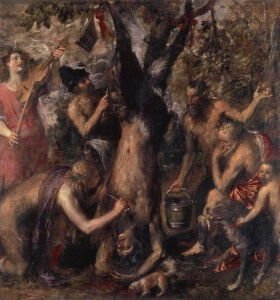
Titian – The Flaying of Marsyas – National Museum, Kromeriz – 1570-76. Did this painting inspire Rembrandt?
If we divide antique ideas into two categories: Ethos and Pathos, then late Rembrandt obviously represents the latter, Aristotle over Plato.
Aristotle argued in The Politics, that a painting should represent moral ideas, in opposition to the notion that the painting is ethical in and of itself.
Gerard de Lariesse complained that Rembrandt did not use proper models for proper motifs. As an example, Rembrandt’s mistress Hendrickje Stoffels modeled for a painting of Susanna from the Book of Daniel (A Woman Bathing In a Stream), in a posture that was only acceptable for prostitutes.
Rembrandt’s late works are not ethical, they are attempts to reach human drama, intimacy and sincerity — more kitsch. Rembrandt managed to achieve this by looking to Titian, but also in the attempt to surpass his master through directing the viewer’s eye with light and darkness.
From a historical perspective, it is wrong to classify Rembrandt’s production as “kitsch,” just as it is wrong to call it “art.” None of these terms existed, at least not with the same connotation, in his lifetime. Nevertheless, according to numerous philosophers it is fair to say that “kitsch” represents the “human condition” more than it represents fashion.
There is a sort of mystery to kitsch. When did it begin? If it is just simply another name for faking emotions, it ought to have been a permanent part of the human condition.
— Roger Scruton, Philosopher
It is fair to say that most paintings from Rembrandt’s time were magical tricks, creating a fake reality. It is not until recent time with Jackson Pollock that it is obvious and clear what a canvas with paint on really is: A lot of dirt mixed with oil.
Kitsch aims to describe universal longings and recognizable emotions. A good work of kitsch will succeed in this and a bad one will not. I would argue that Rembrandt is more kitsch than most of his contemporaries due to the fact that he was more occupied with describing the actual emotions of a story, with the story itself as guide. In the portrayal of old Simeon meeting the infant Jesus, Rembrandt did exactly this. After his death in 1669, two historical paintings were left on the easels in his studio, this painting was one of them.
[25] Now there was a man in Jerusalem called Simeon, who was righteous and devout. He was waiting for the consolation of Israel, and the Holy Spirit was upon him. [26] It had been revealed to him by the Holy Spirit that he would not die before he had seen the Lord’s Christ.
— Luke 2:25-26
In the depiction by Rembrandt, the very old Simeon is holding the child with his arm-wrists as if he cannot hold the child with his bare hands. His eyes aren’t open nor closed, it is as if he is slowly dying already, loosing his eyesight to begin with. The child is nervous, shakes its small feet under the clothes and anxiously looks at the face of the old Simeon who is in trance. The focus is on Simon, the child looks at him together with us, only the priest in the background is somewhere else in his thoughts. The painting appears as a camera lens from 1848, everything around the content is unclear, loose but precise strokes, which are only there to tighten the composition, thus amplifying the expression.
Eighteen years earlier, one of Rembrandt’s students, Jürgen Oven painted the same motif in similar size and view. Here we see a description of the story which aims to focus more on the fact that Simeon has the grace of God. He holds the baby, who is glowing, for he is holy; and looks up to his master. Behind him are his public, one lady is praying. Simeon is dressed in gold, an expensive color, therefore holy. This painting is a mere presentation of the story, not a representation. It does not focus on the tale: an old man’s last day, meeting his destiny; but the fact that it is from the Bible. The execution is not strictly speaking bad, but unlike Rembrandt, he has decided that the focus should be everywhere, including on Simeon’s golden cape.
The fascination for Rembrandt since the rediscovery in the late 19th century has been a positive one as well as a negative one. The good thing is that a great painter, perhaps the greatest, has been taken well cared for and shown to the public. The bad part, is that his project as a painter has often been misunderstood, he has been labeled a “17th century dutch artist” and approached thus. This is unfortunate. He should rather be remembered as a painter of the world, a brilliant craftsman in the tradition of Apelles; and he should be approached with love.
Published on Saturday, March 26th, 2016
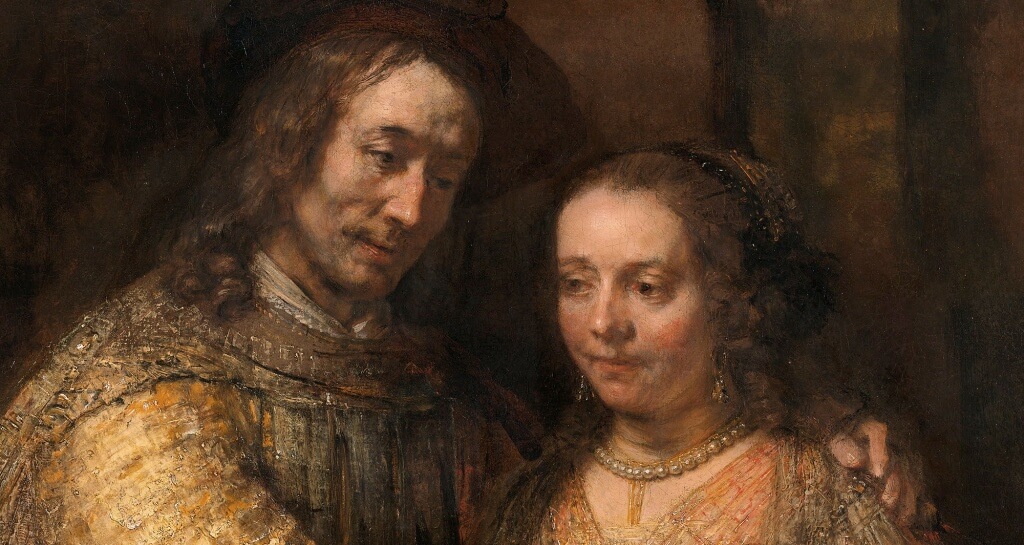

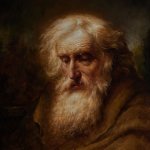
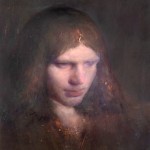
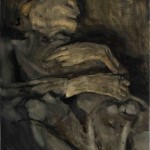
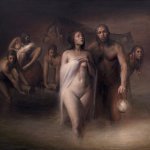
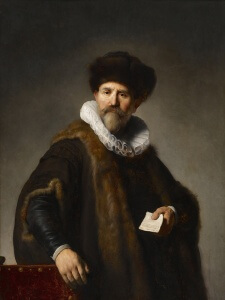
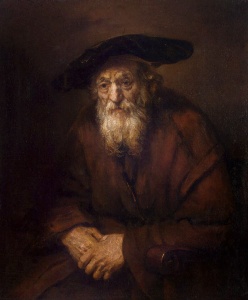
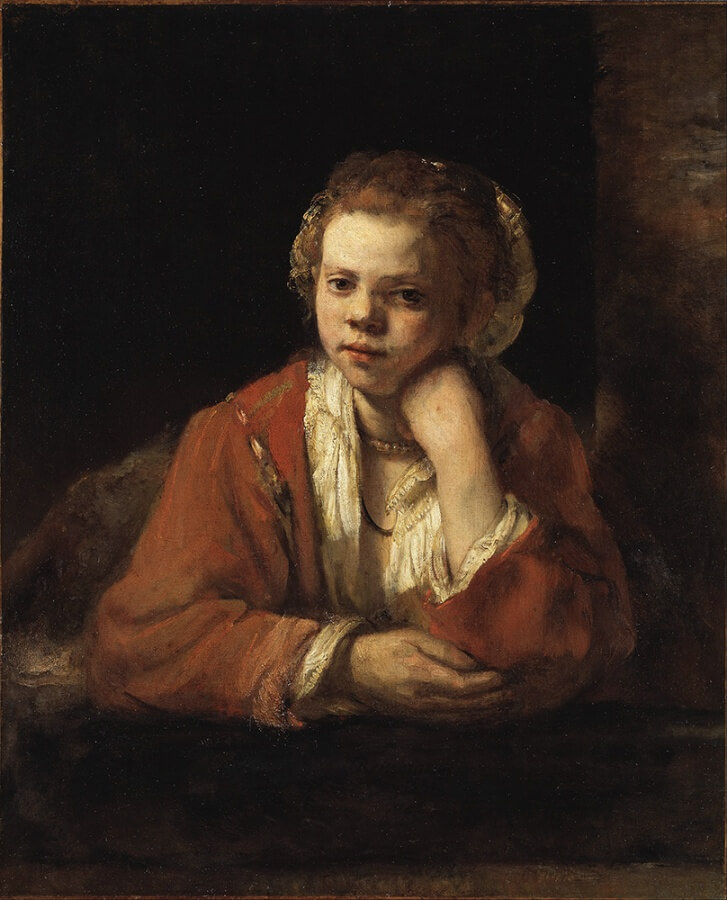
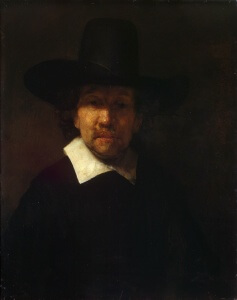
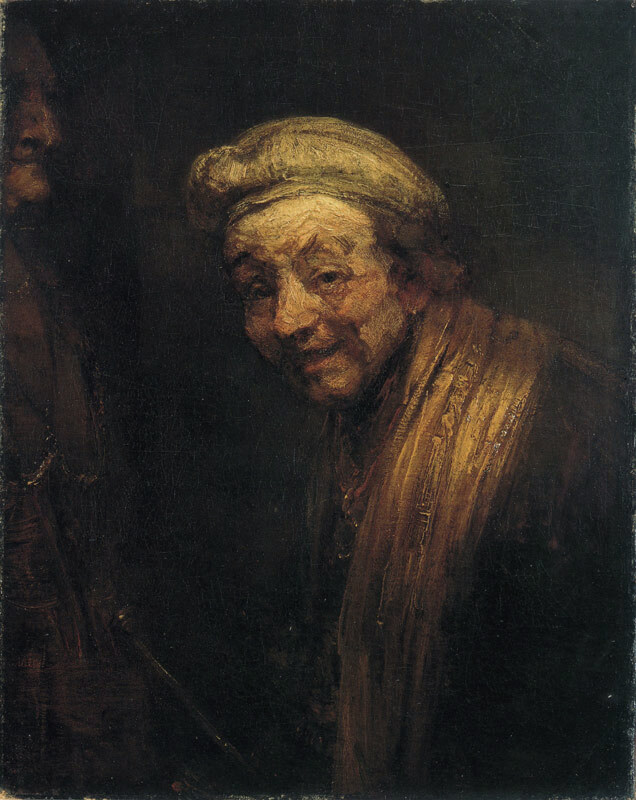
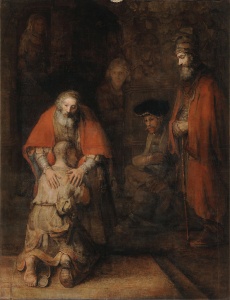
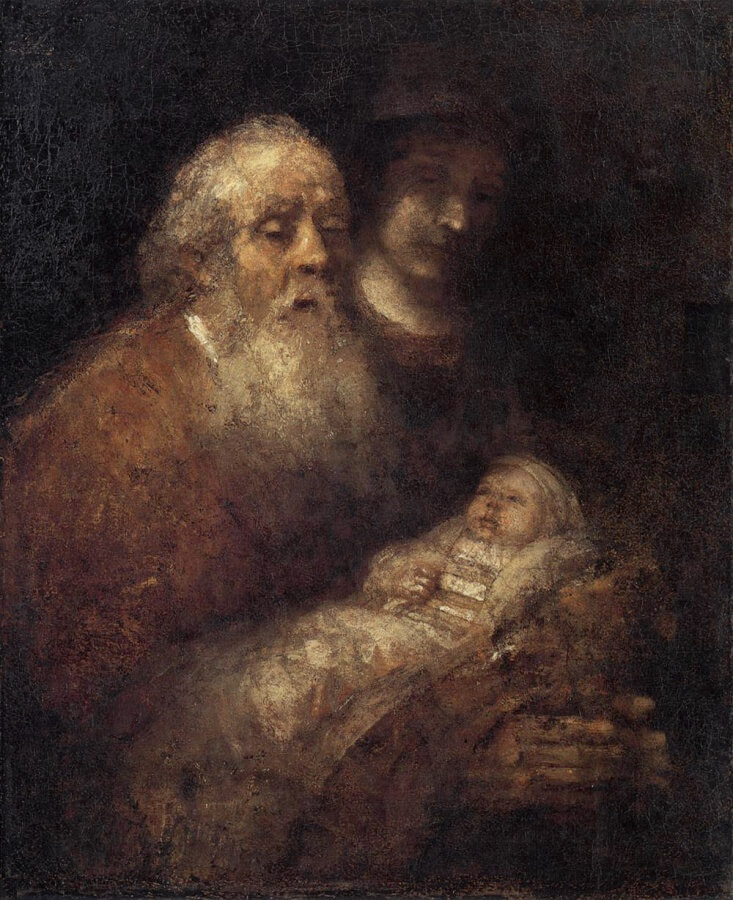
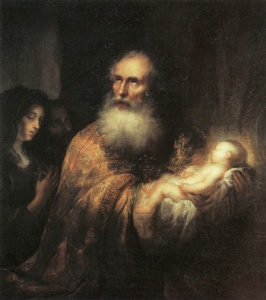
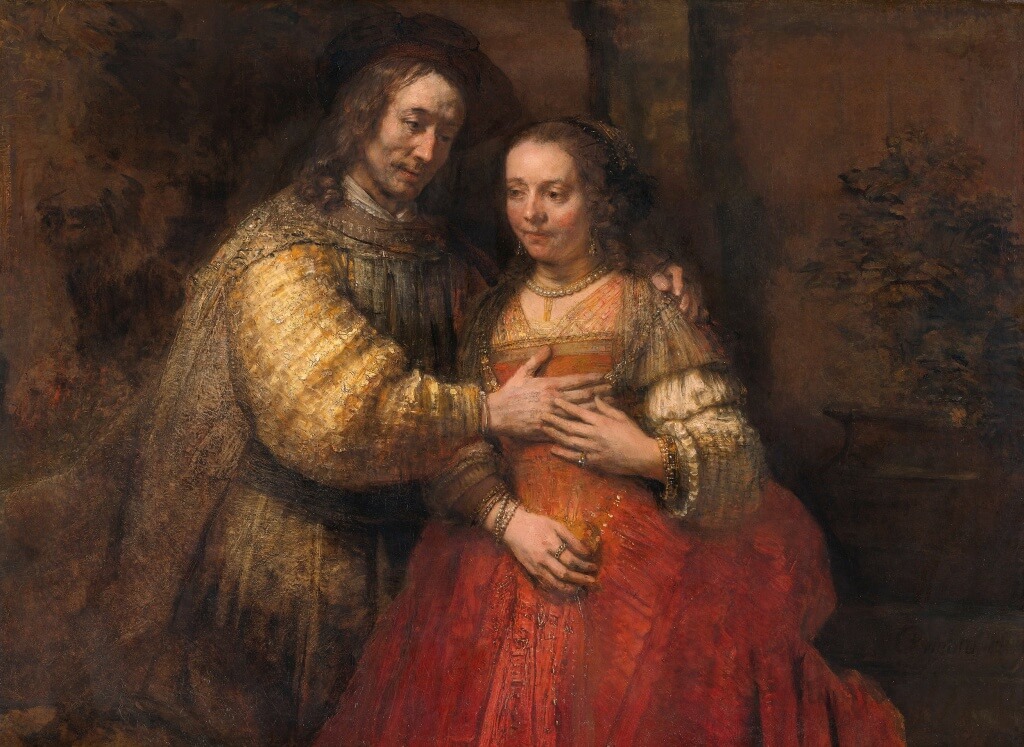
Hi WORLD KITSCH, I’m reaching out because Worldwidekitsch could get featured in digital newspapers in August, this is the time when newspapers get the most traffic.
Being mentioned by digital newspapers not only boosts the reputation of your business, it also helps to enhance your search engine rankings and gives you more credibility and trustworthiness.
I’d like to explain how it works and how you can get publications free of charge. What phone number can I reach you at?
Thankyou for a good article!
Standing close to the painting “Simeon with the Infant Christ..” is absolutely astonishing. You have to reconsider all of your ethical and painterly values. I´m filled with gratitude that such a painting exist.
Nice article. Lot’s of depth there. I always attribute Rembrandt’s older aged painting simply in that he had cataracts and that consequence impressed his work. That you Ode!
Great article! Thoroughly inspiring!